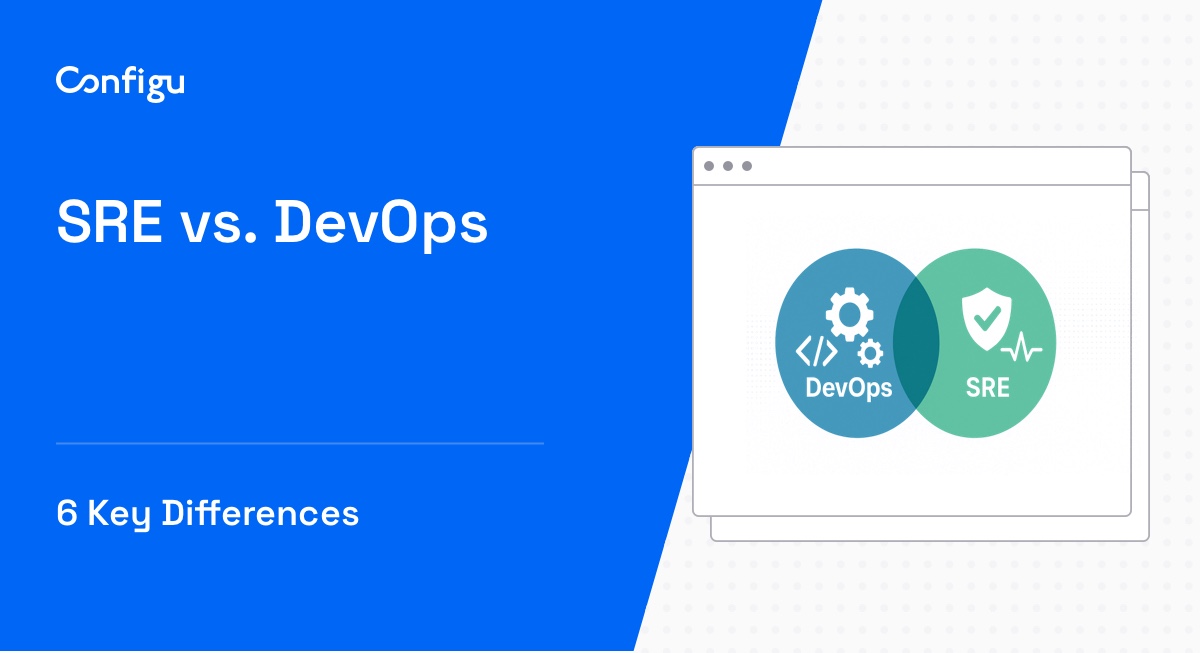Are you haunted by hidden costs in your application configurations? Meet the “ghost parameters” – those feature flags, secrets, and environment variables that have faded from use in your code but still lurk in your configuration files, silently draining resources and costing money as they are stored in the feature flag solution or secret manager, and potentially leading to errors. ????????????
In this article:
The Hidden Costs of Ghost Parameters
As developers, we’re often laser-focused on writing and optimizing code, while the management of application configurations can fall by the wayside. However, these configurations, if not properly tracked and managed, can lead to unnecessary costs and potential errors.
The costs associated with ghost parameters can be twofold. First, there’s the direct financial cost. Many management tools charge per parameter stored. This means that every ghost parameter – a feature flag, secret, or environment variable that’s no longer used in your code but still exists in your configuration files – is incurring a cost. Over time, and across many parameters, these costs can add up significantly.
Second, there’s the cost in terms of complexity and potential errors. Each unused or obsolete parameter adds to the clutter in your configuration files, making it harder to understand and manage the configurations that are actually relevant. This increased complexity can slow down development, make troubleshooting more difficult, and increase the risk of errors.
For example, a developer might waste time trying to understand the purpose of a ghost parameter, or they might inadvertently introduce an error by modifying a parameter they thought was in use. In a worst-case scenario, an obsolete parameter might interact with your code in unexpected ways, leading to subtle bugs that are hard to track down.
The Disconnect Between Code and Configurations
The traditional approach of using separate tools to manage configurations often leads to a disconnect between the code and its configurations. As the code evolves, some configurations become obsolete or are changed, but they continue to exist in the management tools, becoming “ghost parameters”. These spectral configurations may incur unnecessary costs and can also lead to confusion and errors. ????????
Introducing the configu find command
Enter Configu, an open source implementation of the concept of Configuration-as-Code, ensuring that the code remains the source of truth. But we didn’t stop there. We’ve just launched a new feature called configu find that takes configuration management to the next level.
The configu find feature allows you to quickly and easily identify all the configurations used in your code, as well as any ghost parameters. It’s as simple as running a single command, and in less than a minute, you can have a comprehensive overview of your configurations.
The Benefits of Using configu find
By identifying and removing ghost parameters, you can reduce your costs, and minimize the risk of errors. Plus, by keeping your configurations closely tied to your code, you can ensure that they are always up-to-date and relevant. ????
Getting Started with configu find
So, are you ready to banish ghost parameters and take control of your configurations? Try out the configu find feature today with a simple command that scans your code without making any changes. It’s time to make your configurations as efficient and effective as your code.
If you haven’t installed the configu cli, run the installation script according to your OS:
Linux/MacOS
curl https://cli.configu.com/install.sh | shWindows
powershell -Command "Start-Process -FilePath powershell -Verb RunAs -ArgumentList '-NoProfile','-InputFormat None','-ExecutionPolicy Bypass','-Command ""iex (iwr -UseBasicParsing https://cli.configu.com/install.ps1)""'"The configu find command uses the configuration-as-code schema. If it’s your first time, you can generate one from an existing config file such as .env:
configu init --import .env --defaults --typesNow the only thing you need to do is run the find command and see how and where your code uses the configurations:
configu find --exclude='*.env*' --exclude='*.md'If you wish to see only the ghost parameters for removing them add the unused flag:
configu find --exclude='*.env*' --exclude='*.md' --unusedConclusion
In conclusion, proper management of application configurations is crucial for efficient and error-free development. With tools like Configu and features like configu find, you can easily keep track of your configurations, eliminate ghost parameters, and save both time and money. Happy coding! ????????????????????
P.S. Do you like what we’re up to? Give us a star on Github: https://github.com/configu/configu.


